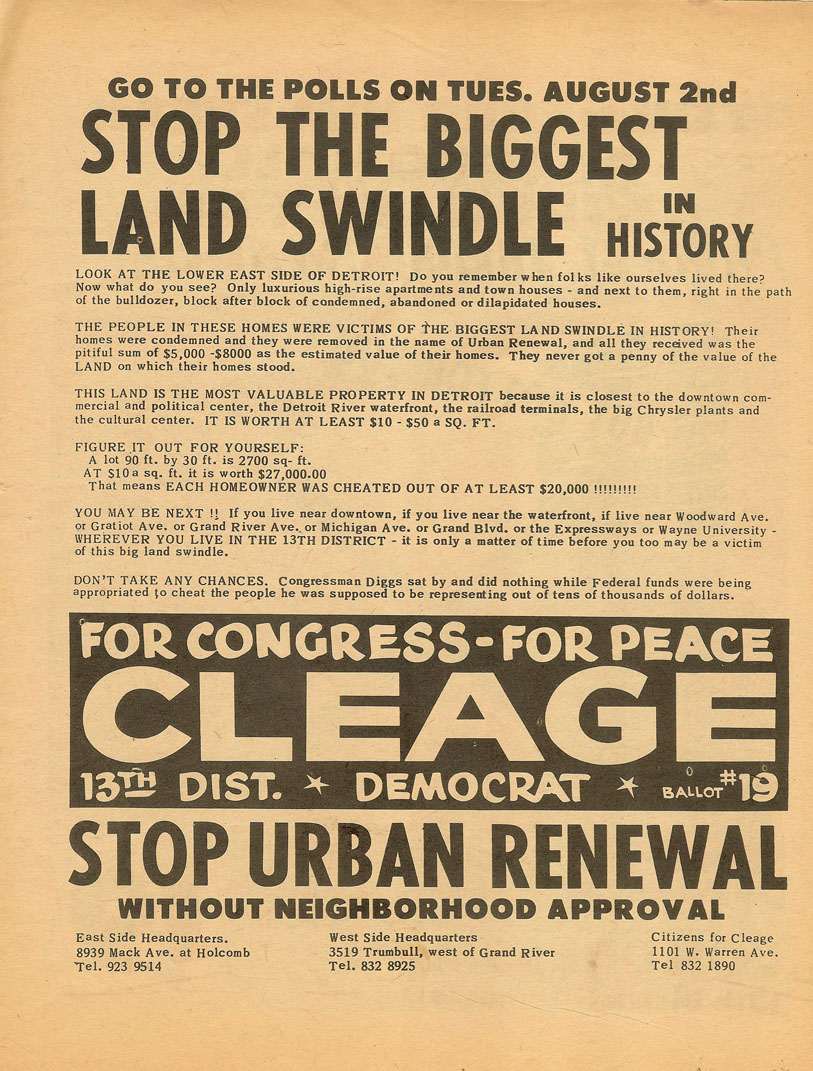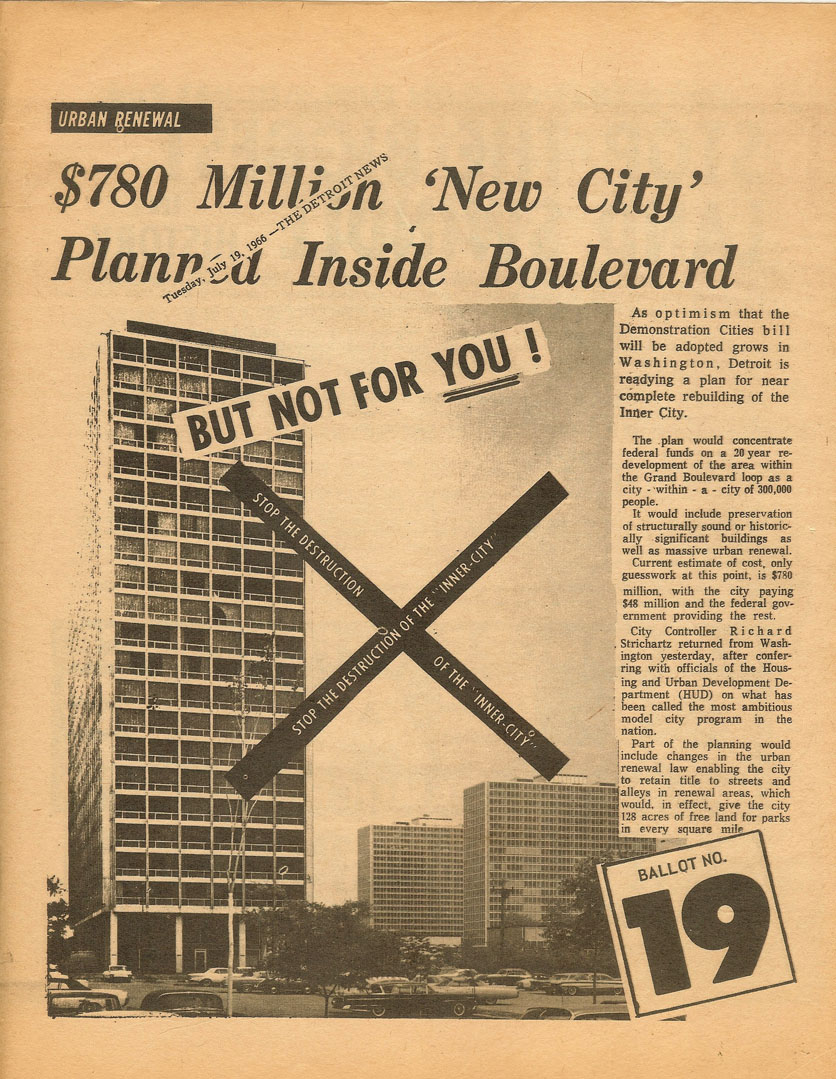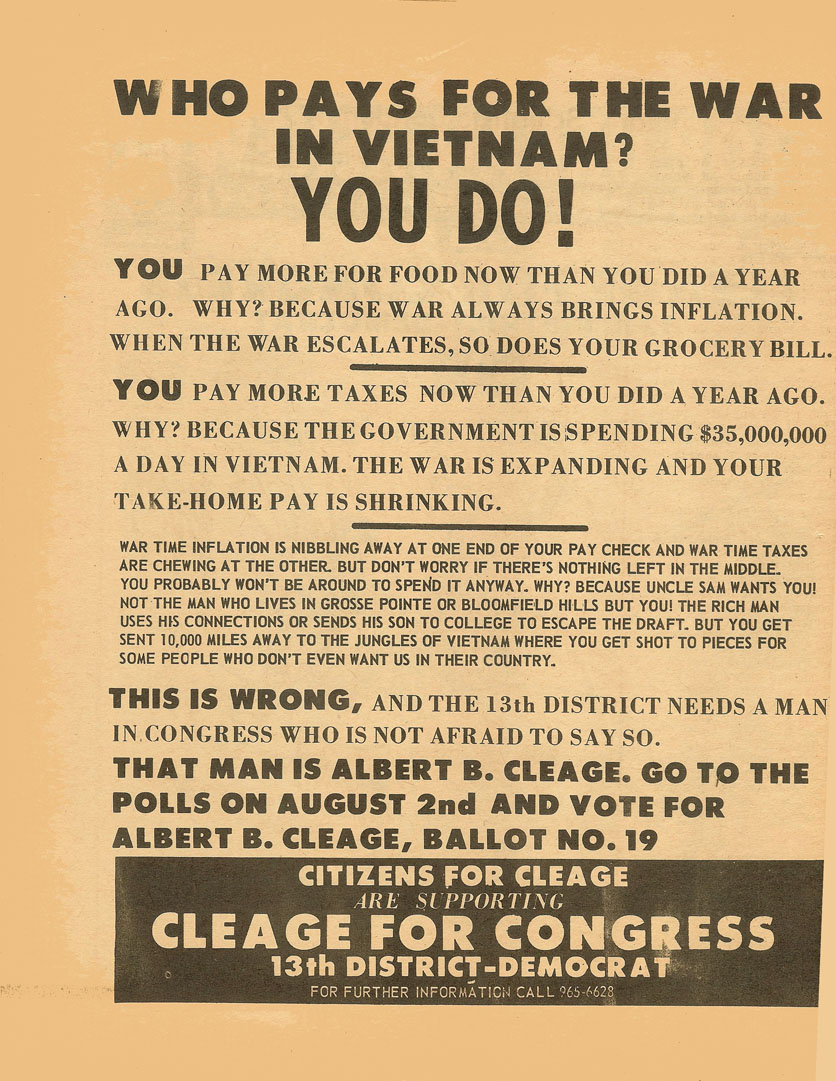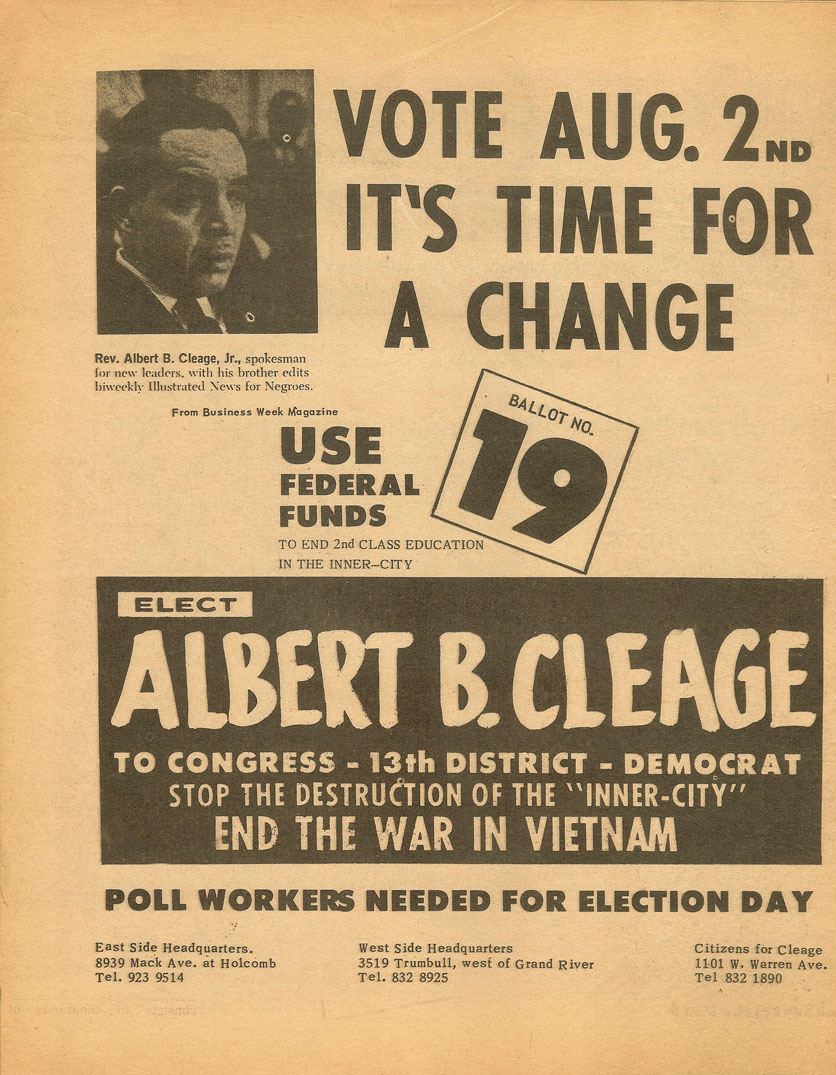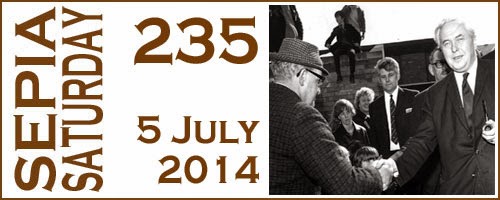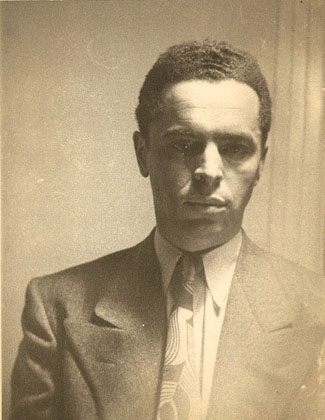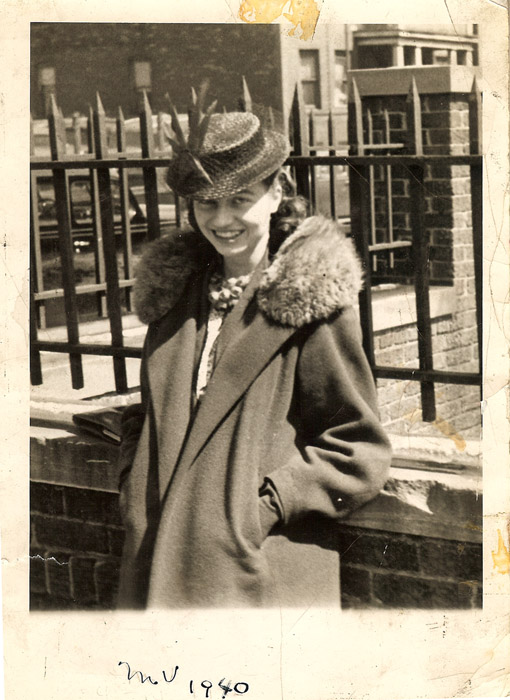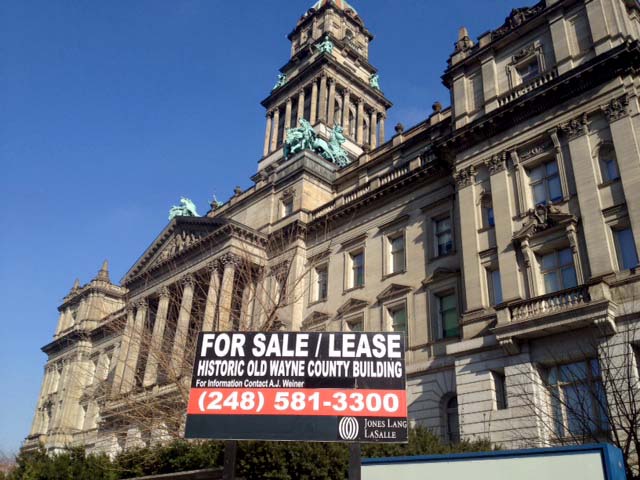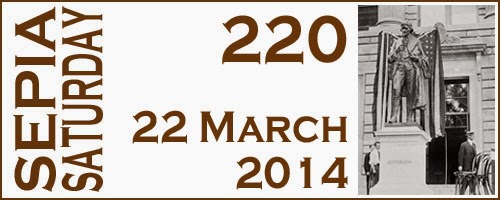Bringing this back from 2011. The Illustrated News was published during the earlier 1960s by my father’s family and family friends. Two of his brothers, Henry and Hugh, started a printing business because the family was always looking for ways to be economically independent. The main business was printing handbills for small grocery stores. And they started several newspapers. First they did The Metro but the one I remember best is The Illustrated News. It was printed on pink paper (that was what was left over after printing the handbills) and distributed to churches and barber shops around the inner city. Some people had subscriptions. My father wrote many of the lead articles. My Uncle Louis wrote Smoke Rings, which was always on the back page. Billy Smith took most of the photographs.
This issue is from June 24, 1963. The focus is the Walk To Freedom which took place in support of the people in the south who were fighting for equality. I was a high school junior at the time and I remember the crowds and crowds of people downtown for the march. It was very well organized and as the main march went up Woodward, to Cobo Hall, the side streets, filled with people who joined as the march went by. Estimates of the number went from 100,000 to 200,000. It was an amazing feeling to be in a peaceful crowd, most dressed in their Sunday best, marching for FREEDOM NOW! At the end of the newsletter there are several photographs from the day of the march.
My maternal grandfather (poppy), Mershell C. Graham, has his finger by his nose, my uncle Hugh Cleage, smiling with the glasses next to him and my paternal grandmother, Pearl Reed Cleage, smiling with the hat on. Older people who couldn’t walk all the way in the huge crowd went in earlier and got good seats. I don’t remember where I was sitting.
My father giving them hell about conditions in Detroit in 1963. They finally unplugged his mike to shut him up.
Below is a link to a video by Paul Lee about the “Walk to Freedom”.
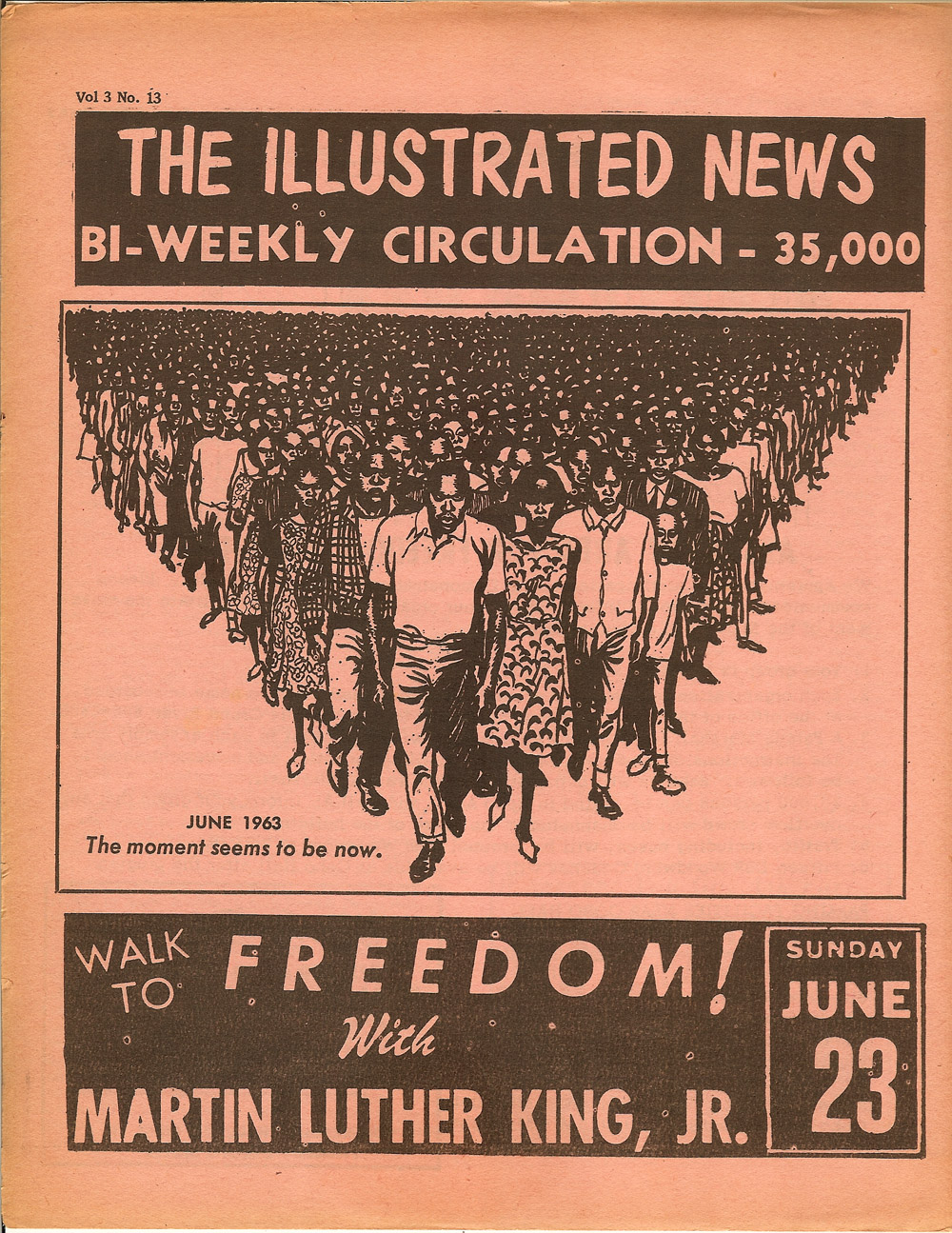
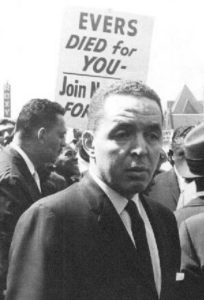







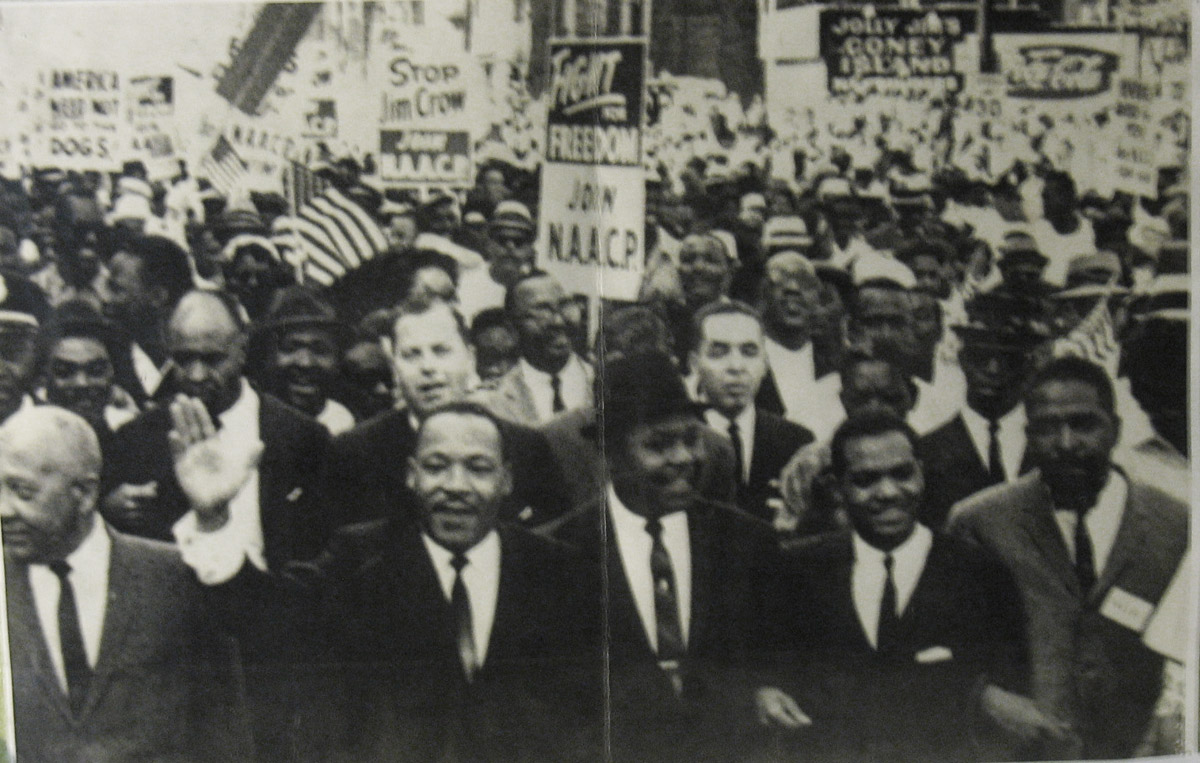

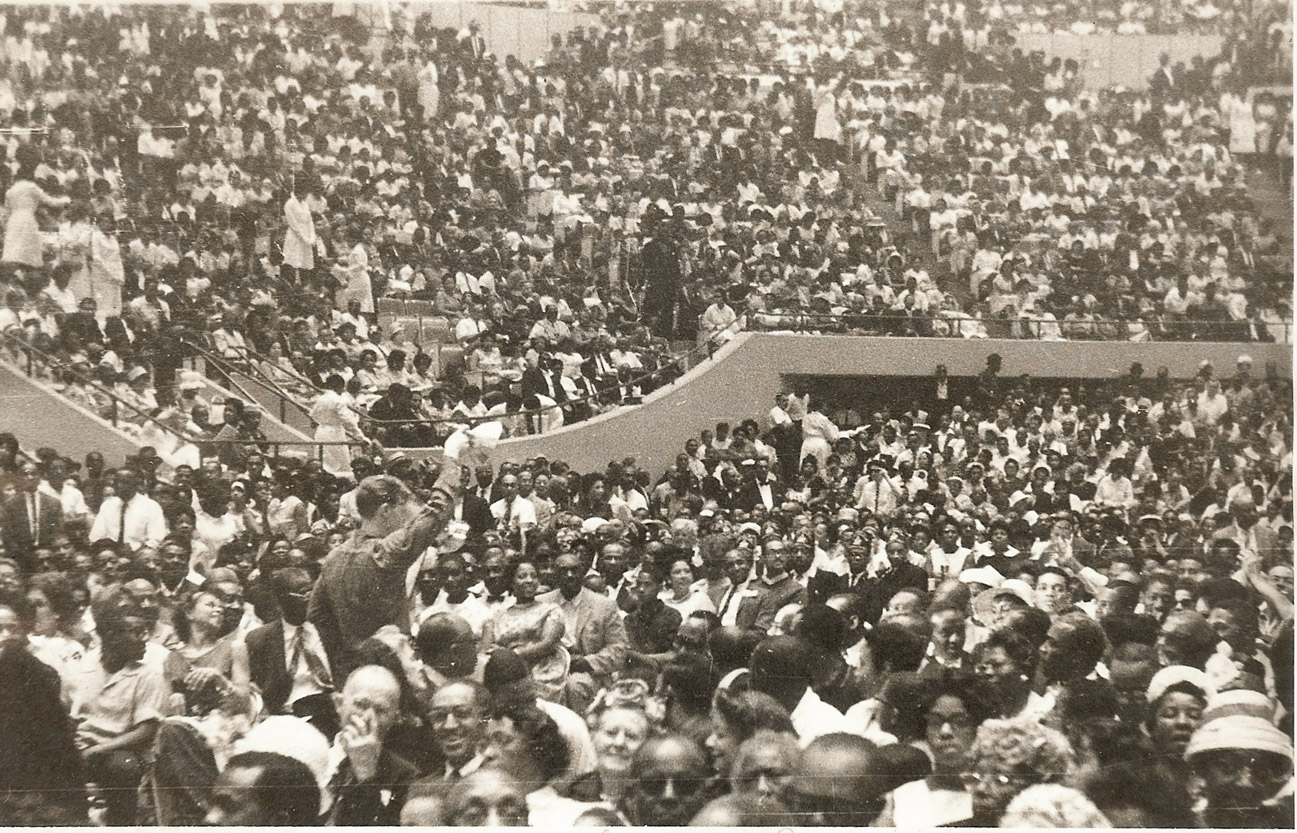



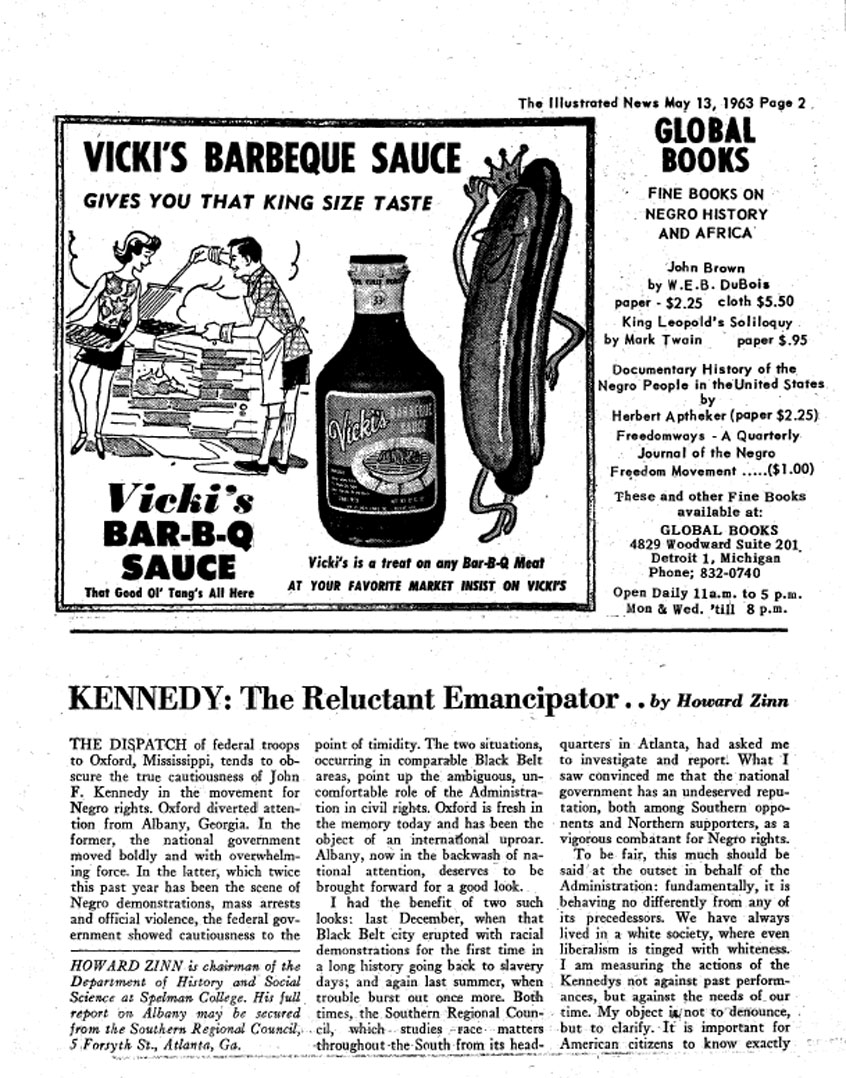




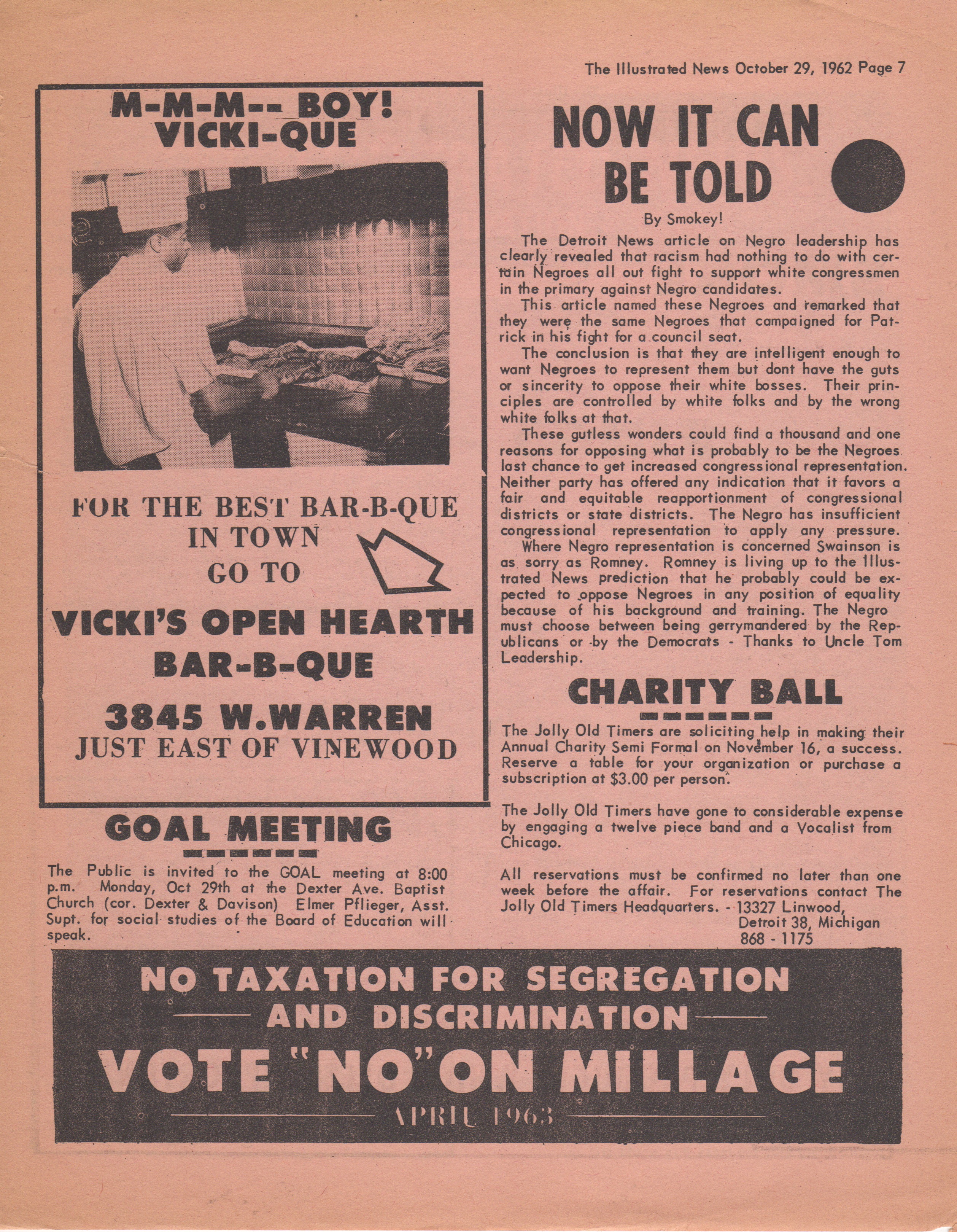
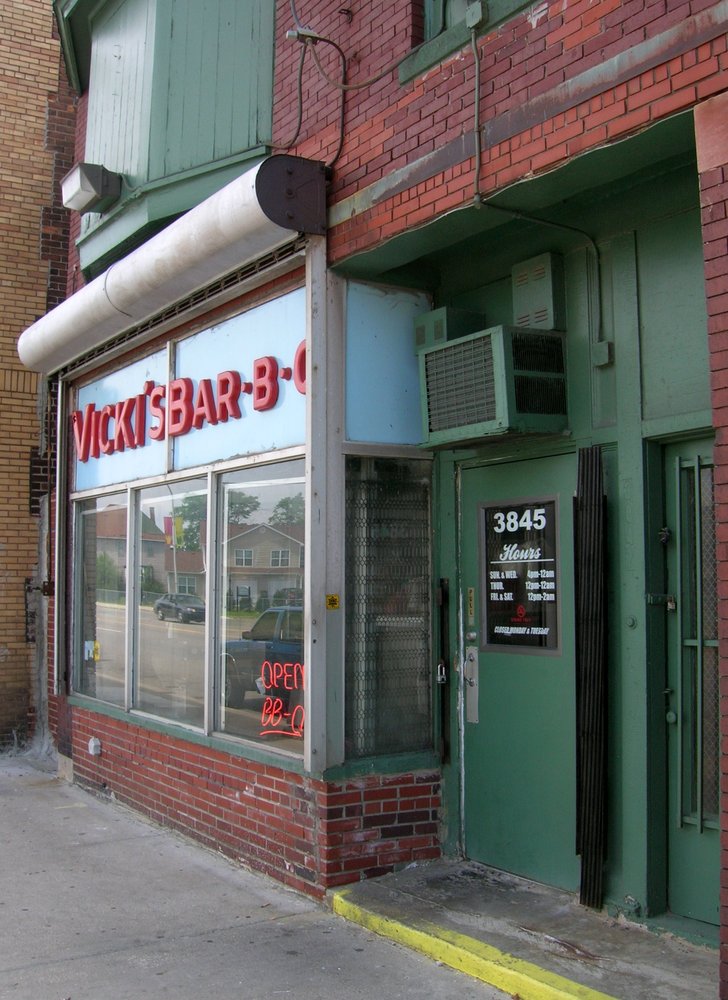
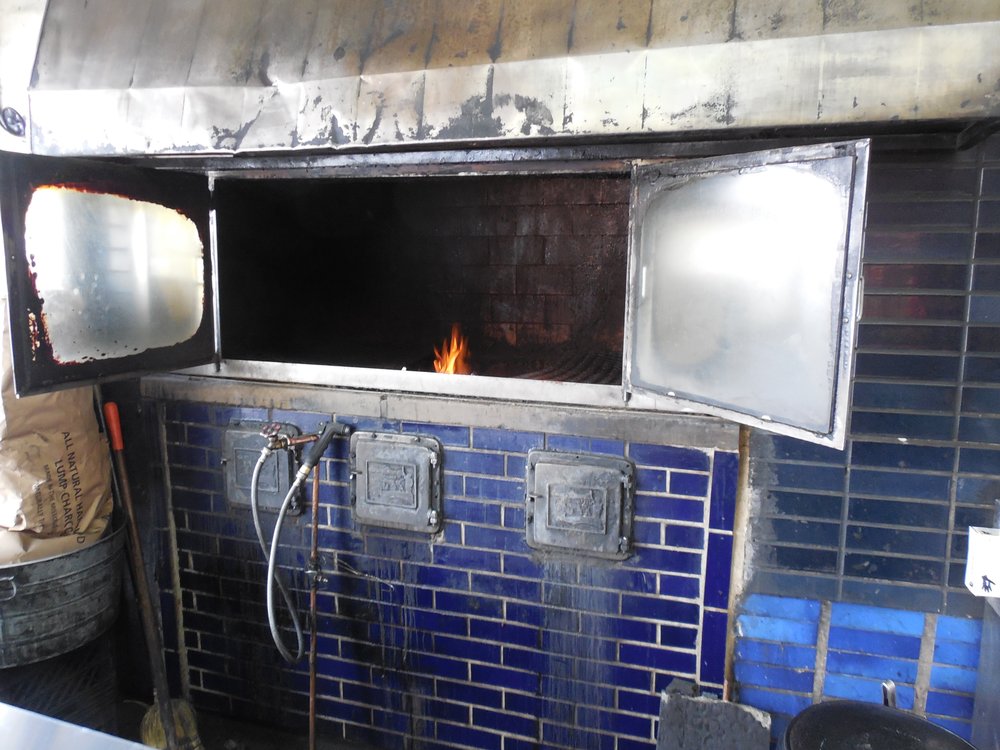
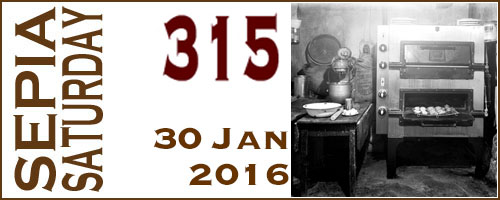

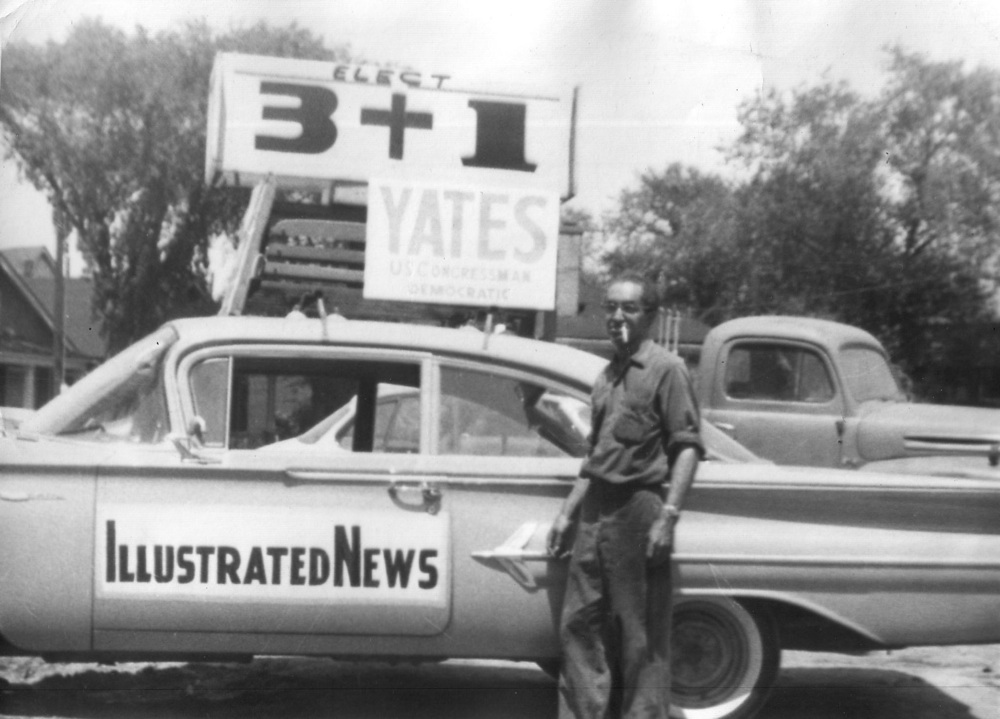


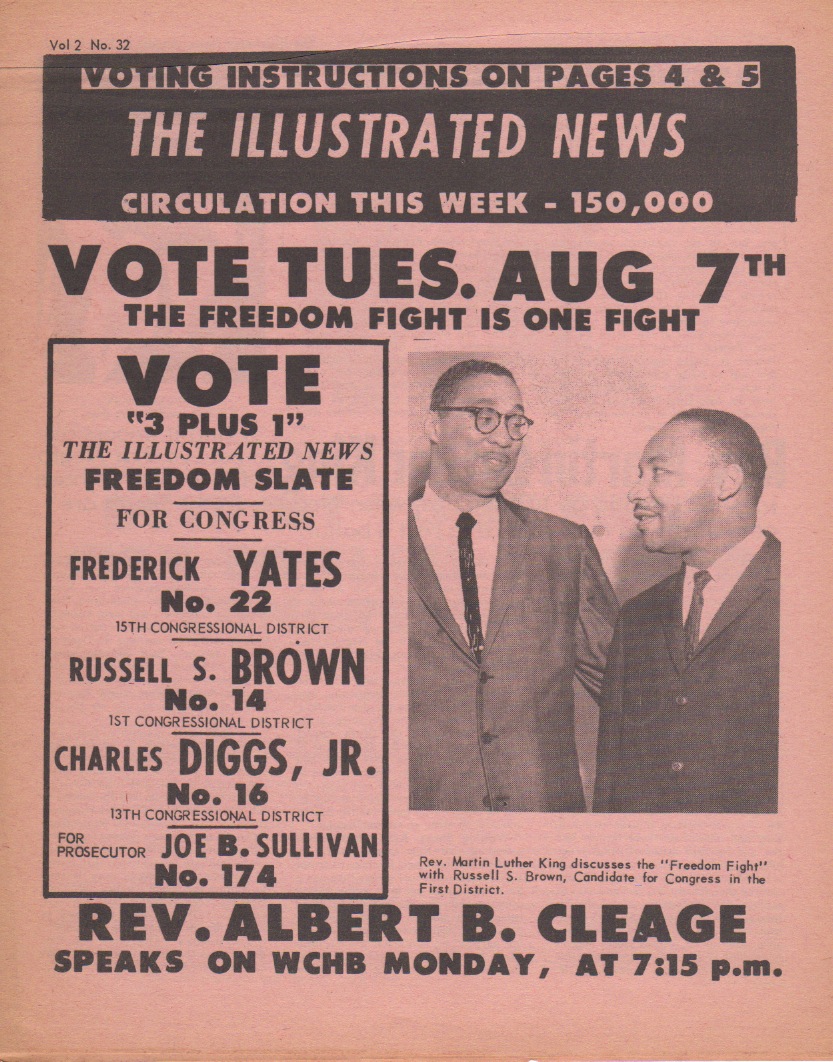



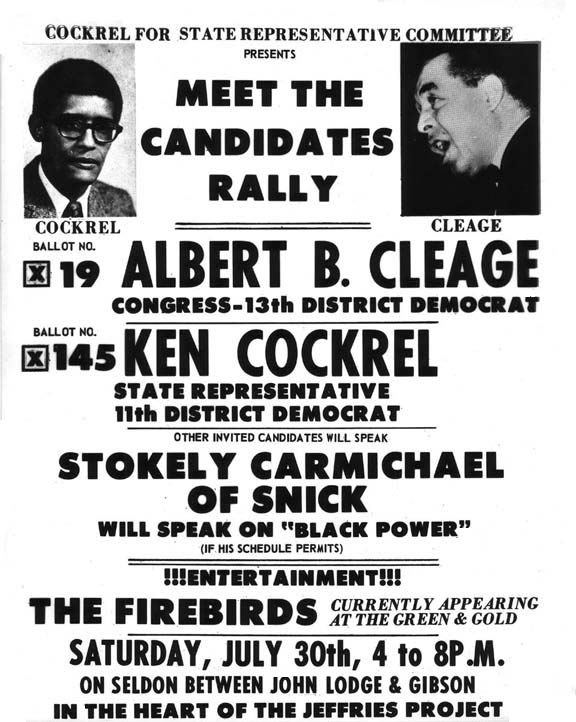
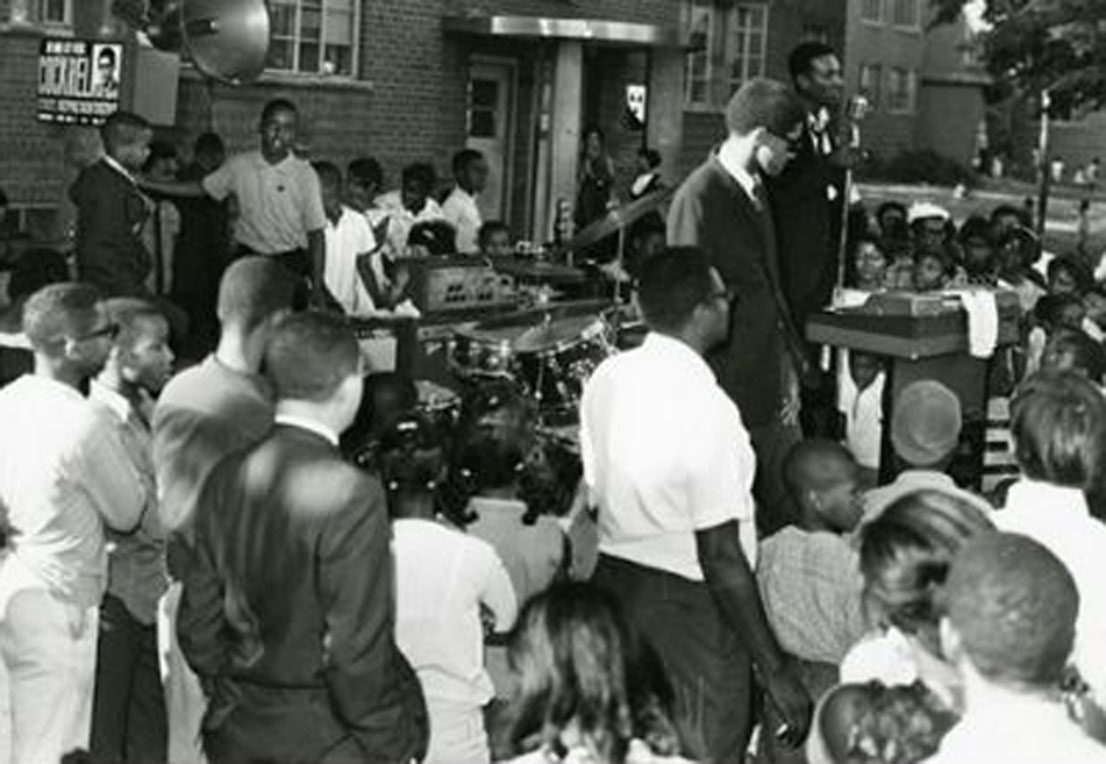
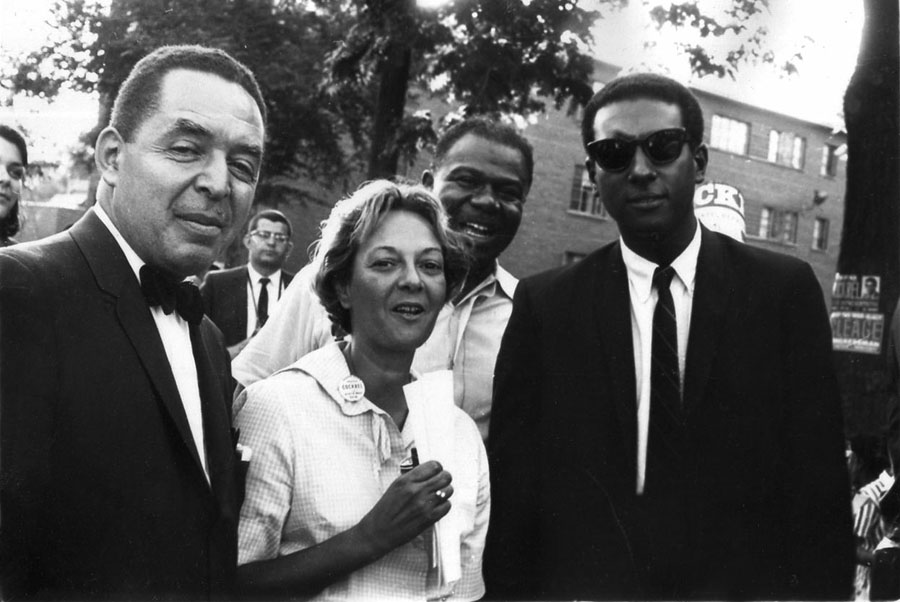
 .
.
